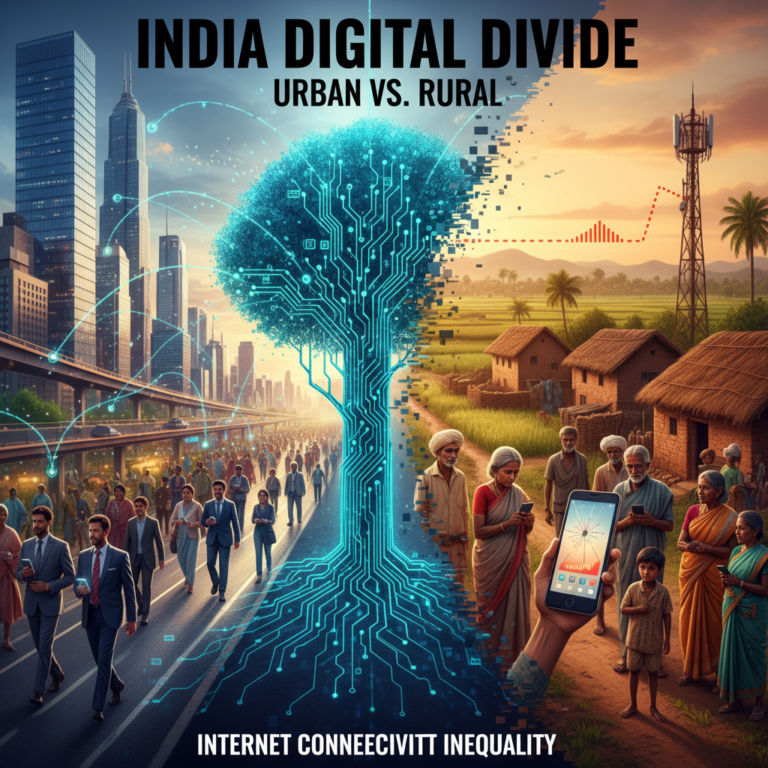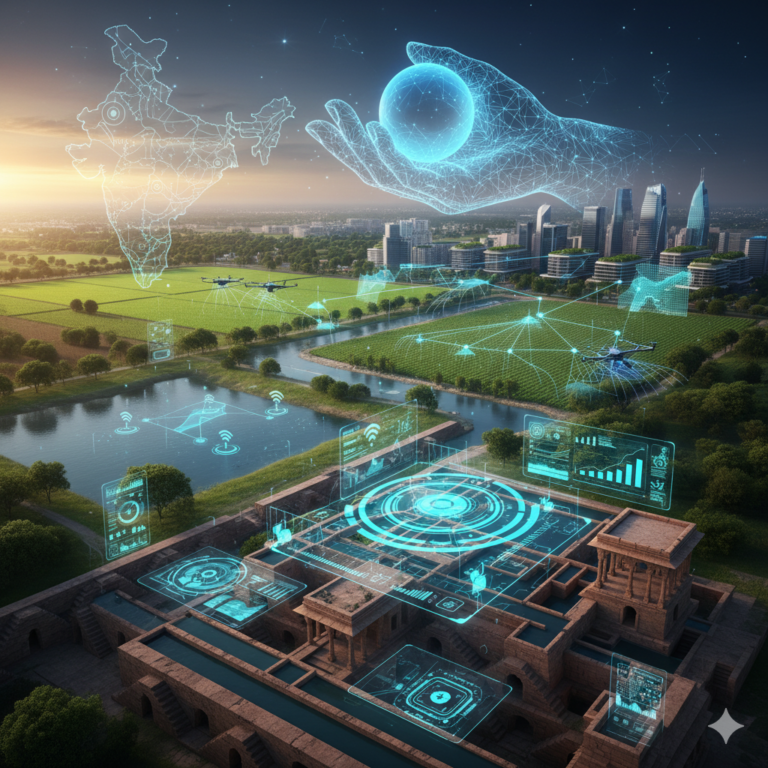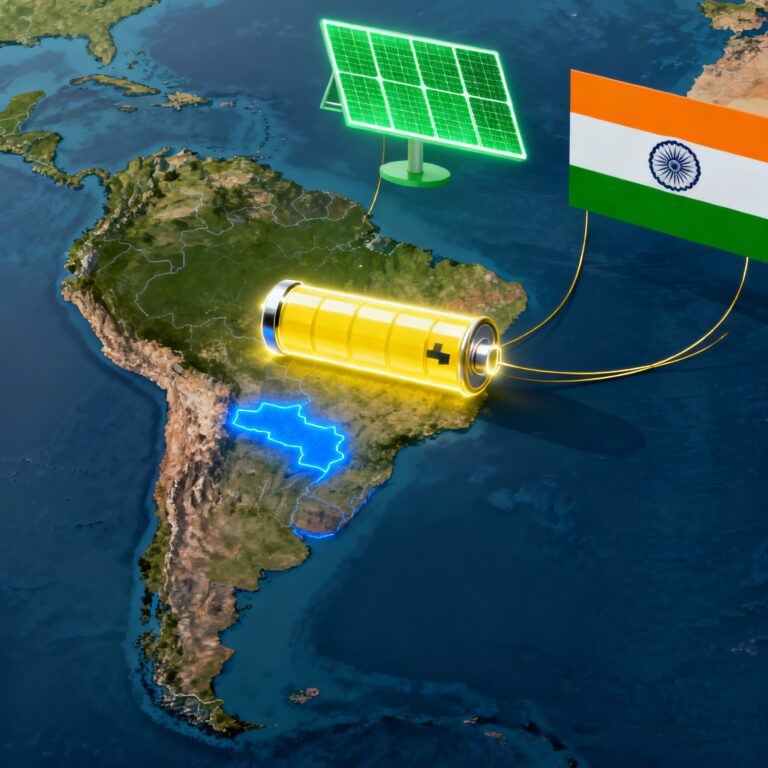Amazon has long been at the forefront of warehouse innovation. From conveyor belts to Kiva robots, its fulfillment centers have seen rapid evolution in logistics and automation. But now, Amazon is pushing the boundary further with the introduction of Vulcan—a warehouse robot with a revolutionary feature: the ability to sense touch.
Vulcan isn’t just another robot. It’s an advanced machine with force sensors, cameras, and artificial intelligence, designed to handle products with the kind of precision once thought to be exclusively human. This development marks a significant leap in how automation can mimic human dexterity, and possibly surpass it in consistency and efficiency.
The Evolution of Warehouse Robotics
1.1 The Early Days
Warehouse automation began with basic conveyor belts and barcode scanning. While these were effective in reducing human error and improving speed, they required extensive human labor for sorting, packaging, and quality control.
1.2 Enter Kiva Systems
In 2012, Amazon acquired Kiva Systems, rebranding it as Amazon Robotics. Kiva robots revolutionized the warehouse model by bringing shelves to human workers instead of the reverse. These orange robots reduced the time spent walking and drastically improved efficiency.
1.3 The Need for Human-Like Dexterity
Despite robotic arms and mobile platforms, a significant limitation remained: robots lacked the fine motor skills to handle fragile or irregular items. Human hands still dominated tasks that required nuanced control, which led to bottlenecks in automation.
Vulcan’s Core Technologies
2.1 Force Sensors
Vulcan’s force sensors allow it to detect the resistance or texture of an object. These sensors mimic the way human fingers gauge pressure to avoid crushing delicate items like glassware or bending soft packaging.
2.2 Advanced Camera Vision
Using multiple camera lenses, Vulcan can identify objects with high precision. This vision system is trained on vast image datasets to distinguish between different shapes, sizes, and materials—even in cluttered or poorly lit conditions.
2.3 Artificial Intelligence and Machine Learning
Vulcan’s AI is its true brainpower. It uses deep learning to continuously improve its object recognition and handling capabilities. Over time, Vulcan becomes better at determining how to grasp a new item based on learned experience.
2.4 Real-Time Decision Making
Unlike traditional robots that follow pre-defined paths, Vulcan can make split-second decisions. It analyzes real-time data to determine the best angle and pressure for picking up an item. This agility mirrors human reflexes.
Why Touch Matters in Automation
3.1 Human-Like Precision
Most robots fail at handling soft, irregular, or fragile items. Vulcan’s sense of touch enables it to adjust its grip dynamically, just like a person picking up a raw egg or a thin book.
3.2 Reduced Damage and Waste
With Vulcan, the likelihood of product damage during picking or placement is significantly reduced. This minimizes returns and increases customer satisfaction, while cutting operational waste.
3.3 Better Inventory Handling
Touch-sensitive handling allows Vulcan to work with a wider variety of products. Whether it’s electronics, apparel, or groceries, Vulcan can adapt its methods based on the product type.
Impacts on Amazon’s Fulfillment Network
4.1 Faster Order Processing
With Vulcan’s touch-enabled picking, the speed of order fulfillment is expected to increase. Robots working around the clock, with human-like precision, will cut down processing time dramatically.
4.2 Reduced Dependency on Human Labor
While this might raise concerns about job displacement, Amazon argues that Vulcan will free human workers from repetitive and physically demanding tasks, allowing them to focus on higher-order logistics and management roles.
4.3 Enhanced Scalability
Vulcan allows Amazon to scale up operations more easily in new markets. With a robot that can handle most product types, infrastructure needs become more flexible.
Ethical and Societal Considerations
5.1 Automation vs Employment
Robots like Vulcan bring up the debate on whether automation hurts employment. While jobs in manual picking may decline, new roles in robot maintenance, AI supervision, and logistics planning may arise.
5.2 Worker Safety
By taking over strenuous and repetitive tasks, Vulcan can reduce the risk of injuries in warehouses. This supports better occupational health standards.
5.3 Privacy and Surveillance
As robots become more intelligent and connected, issues like data privacy and surveillance within warehouses might come under scrutiny.
Future Applications and Innovations
6.1 Beyond Warehousing
Technologies developed for Vulcan could eventually be adapted for other industries. Healthcare, agriculture, and eldercare could benefit from robots with a sense of touch.
6.2 Integration with IoT and Cloud Computing
Vulcan could be a part of a larger cloud-based ecosystem. Data gathered from each robot could be analyzed centrally to improve performance across facilities worldwide.
6.3 Evolution Towards Full Autonomy
While Vulcan currently augments human capabilities, future iterations could operate entirely autonomously, managing complex logistics chains from inventory intake to packaging.
Conclusion: Vulcan’s Legacy in the Making
Amazon’s Vulcan isn’t just a robot. It’s a landmark in the journey toward fully autonomous and intelligent warehouse systems. With a sense of touch, Vulcan bridges the gap between human intuition and robotic efficiency.
As supply chains become more complex and customer expectations rise, robots like Vulcan could redefine the very foundations of logistics. For now, it stands as a symbol of innovation—a blend of precision engineering, AI, and visionary ambition.









+ There are no comments
Add yours